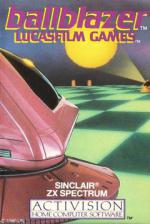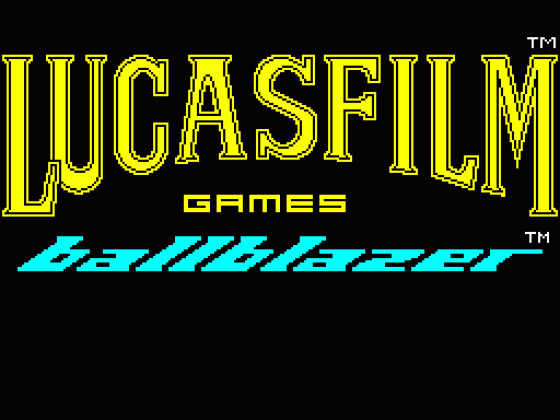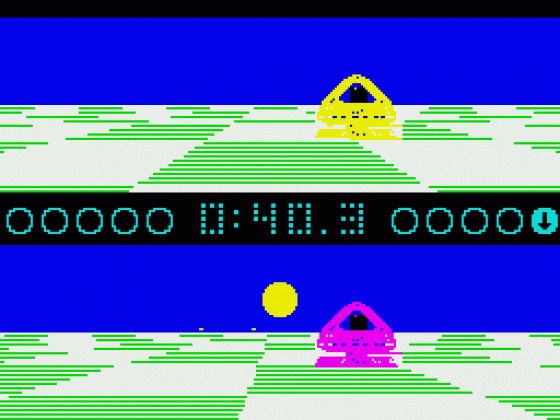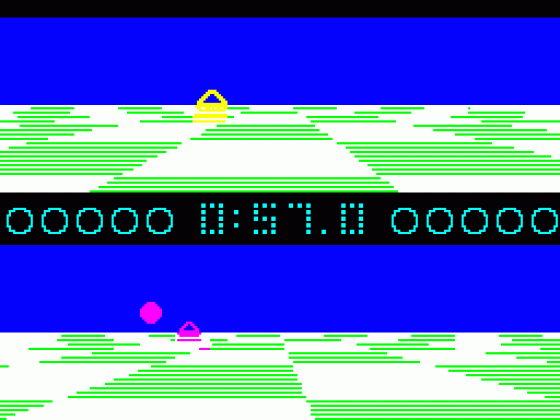Other Reviews Of Ballblazer For The Spectrum 48K/128K
Ballblazer (Activision)
A review by (Crash)
Ballblazer (Activision)
A review by Rick Robson (Your Sinclair)
Ballblazer (Activision/Lucasfilm)
A review by Jerry Muir (Sinclair User)
Ballblazer (Activision/Lucasfilm)
A review


 1st June 1986
1st June 1986





